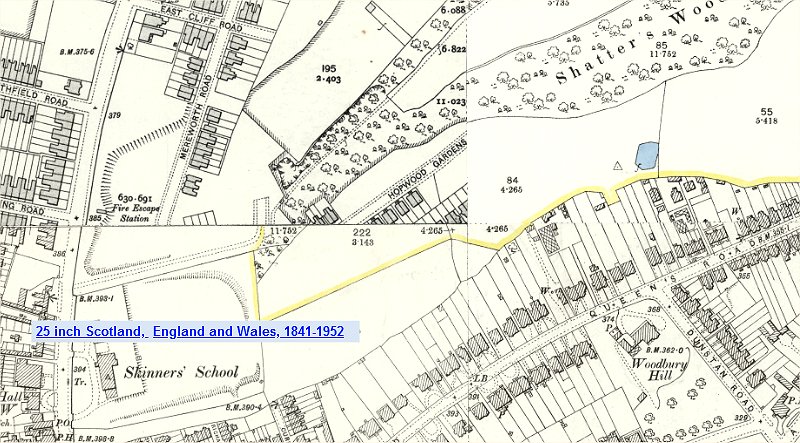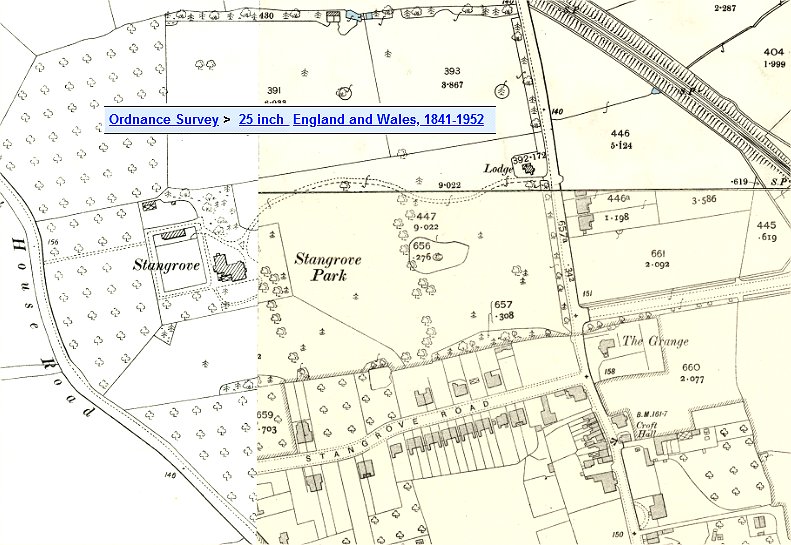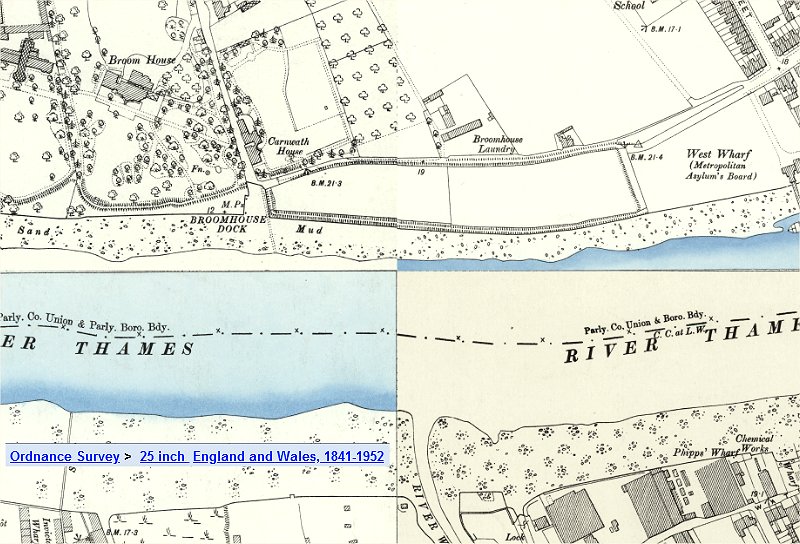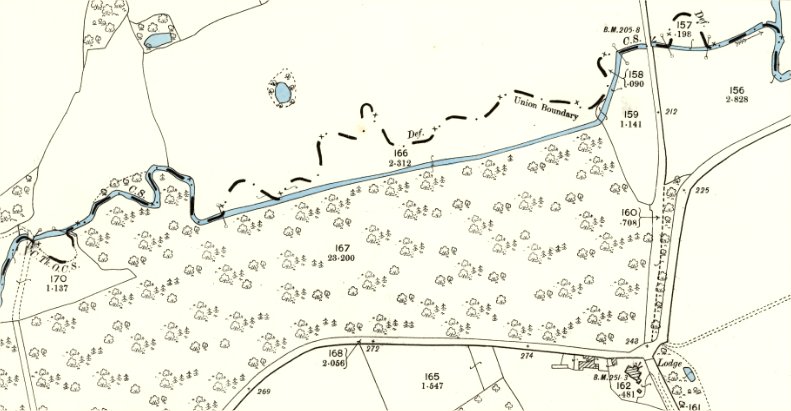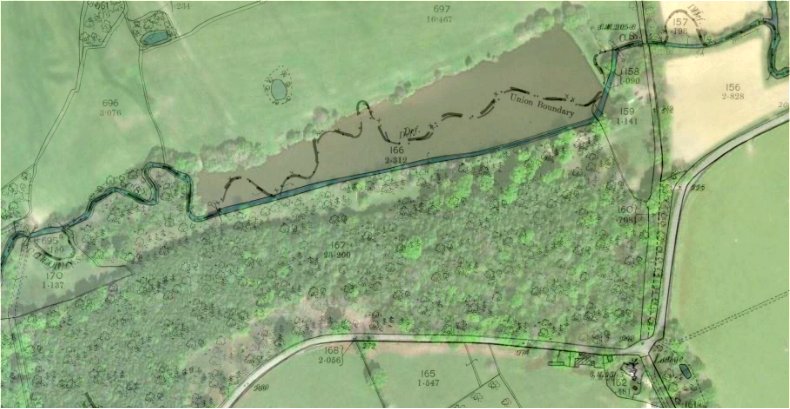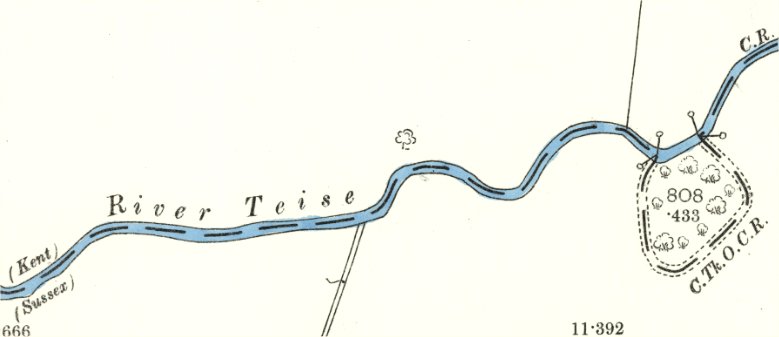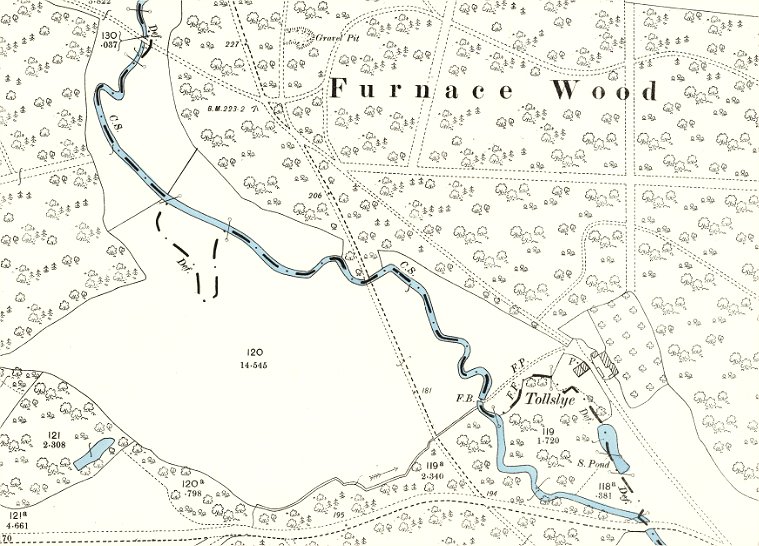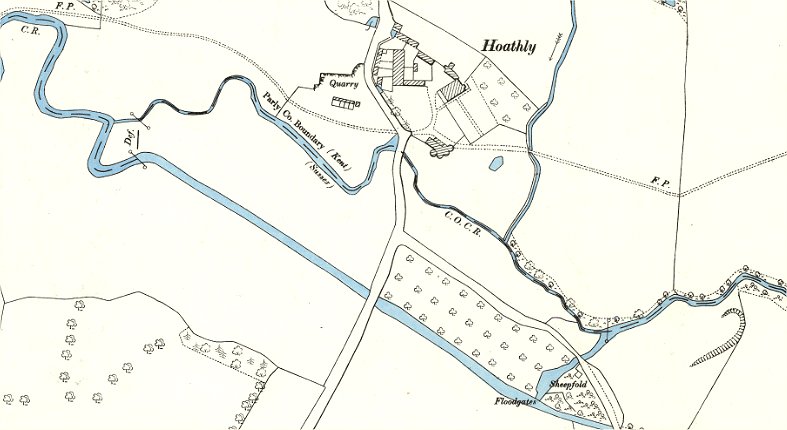Dates on OS maps are often confusing,
particularly when taken from a referred
text in a book or on a web site.
Here is an example of a typical, fictional
OS map
with all the traps ready to snare a bit of
historical research –
1898
Full survey carried out. 1899
drawings prepared for the printers
1900
First edition printed of the “1900
Edition”.
1904
Some minor corrections and alterations
added to 1900 Edition with small print
note “additions and correction – 2nd
impression 1904”
1907
Some minor corrections and alterations
added to 1900 Edition with small print
note “additions and correction – 3rd
impression 1907”
1909
Some minor corrections and alterations
added to 1900 Edition with small print
note “additions and correction – 4th
impression 1909”
1912
Full survey carried out. 1913
drawings prepared for the printers
1914
First edition printed of the “1914
Edition”.
OS maps generally have the main edition
date in bold typeface and re-issue dates
in small type, sometimes away from the
main publication date.
Here is the big problem – a building (or
anything) may have been added or
subtracted from the map in 1907 or
1909. A new building, or
feature, created in 1901 may not appear in
any sub reissues. It may not appear until
the 1914 edition after a fresh, full
survey.
A researcher finds the map with the added
or subtracted feature and looks at the
main publication date of 1900 and comes to
the wrong conclusion. For real
nitpicking, pedantic accuracy this kind of
map should be declared 1898 – 1912
or 1900 – 1914. This requires
even greater research!
Historians should inform their readers
that the data on any map should not be
tied to the given date of the map.

Deliberate OS
Errors
In
the mid 20th Centurey The OS
started planting deliberate errors
in their maps for copyright
purposes. These were small,
insignificant artifacts, such as
farm barns, small outhouses, short
tracks and paths that did not
exist. The idea was to catch
anyone infringing their copyright
by illegally copying and
publishing parts of their maps.
They successfully sued the AA
(Automobile Association) for just
such an infringement. Once
again, you can never 100% trust a
map!


